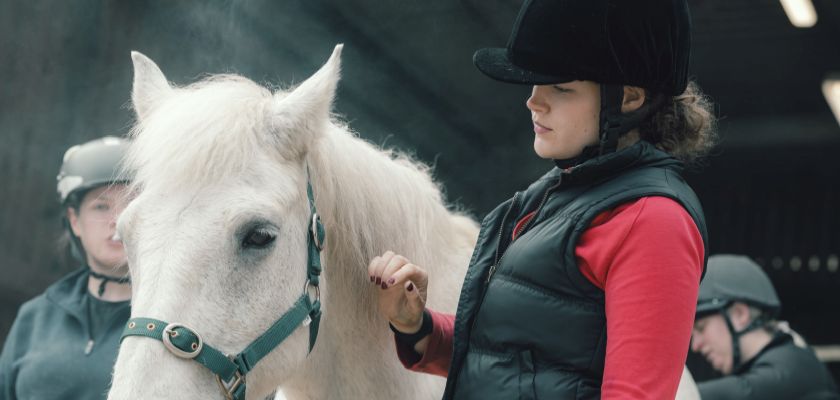-
-
- Standards Committee
- Advancement of the Professions Committee
- Audit and Risk Committee
- Education Committee
- Disciplinary Committee
- Charter Case Committee
- Preliminary Investigation Committee and Disciplinary Committee Liaison Committee
- Registration Committee
- Preliminary Investigation Committee
- Paper classification: some definitions
-
-
-
-
- About extra-mural studies (EMS)
- EMS requirements
- Information for vet students
- Information for EMS providers
- Information for vet schools
- Temporary EMS requirements
- Practice by students - regulations
- Health and safety on EMS placements
- EMS contacts and further guidance
- Extra-mural studies fit for the future
-
-
- Code of Professional Conduct for Veterinary Surgeons
- Code of Professional Conduct for Veterinary Nurses
- Contact the Advice Team
- XL Bully dog ban
- 'Under care' - guidance
- Advice on Schedule 3
- Controlled Drugs Guidance – A to Z
- Dealing with Difficult Situations webinar recordings
- FAQs – Common medicines pitfalls
- FAQs – Routine veterinary practice and clinical veterinary research
- FAQs – Advertising of practice names
- GDPR – RCVS information and Q&As
-
- Accrediting veterinary degrees
- Accrediting veterinary nursing qualifications
- Reasonable adjustments for student vets
- Health and disability in veterinary medicine study and practice
- The role of the veterinary schools and the RCVS
- Reasonable adjustments and the Equality Act 2010
- Reasonable adjustments and Day One Competences
- Examples of reasonable adjustments for vet students
- Annex
- Reasonable adjustments for student vets - summary
- Reasonable adjustments for student veterinary nurses
- Health and disability in veterinary nurse education and training
- Reasonable adjustments for students and the UK disability discrimination legislation
- Educational assessment of veterinary nurses
- Roles of key stakeholders in the application of reasonable adjustments
- Examples of reasonable adjustments for vet nurse students
- Embracing reasonable adjustments for student vet nurses - summary
- External review of the RCVS by ENQA
- Requirements for remote and online student assessments
Equine placement top tips
Get ready for your EMS equine placement with our top tips.

Protect your feet
Boots or wellies with integrated protective toecaps are a must. Horses are heavy, and it only takes one misplaced foot to turn your day into a trip to the nearest A&E.
Dress suitably
Stable work is physically demanding and messy, so it's important to wear appropriate, comfortable clothing. Layers are best as you can easily add or remove them depending on your heat levels. You don't need to rush out and buy specialised gear such as jodhpurs and riding boots – tracksuit bottoms or leggings are acceptable in most circumstances.
Stay busy, stay useful
If you find yourself twiddling your thumbs, grab a broom. Always make yourself useful to the team by asking if there's anything that needs doing.
Show enthusiasm
Even if horses and ponies are not your preferred species, the people you are working with will be passionate about them. Be respectful and open-minded, as you never know where a placement might lead. Skills learned on your equine EMS can also be applied to other species and settings.
Brace yourself for unsociable hours
Stables operate early. Mucking out, feeding, medication and turning out or bringing in can all happen before a typical workday starts. As you'll quickly discover, working with animals is unpredictable as they rarely stick to a schedule.
Know your equine equipment
If you don't know your crupper from your curry comb, take time to learn the basics. For example, it’s useful to know how to put a halter on a horse and tie a bowline. Understanding the difference between ropes, reins and other common equestrian equipment will demonstrate your readiness for the placement - and help you get hands-on more quickly.
Review common illnesses and diseases
Learn to recognise the symptoms of common equine diseases, such as colic. Not only will you get more out of your experience if you're up to date with common conditions, but you could be the first person to notice a rolling, restless horse - and potentially save its life.
Ask questions
Being surrounded by people who have an extensive knowledge of horses is the perfect time to ask questions. There's no such thing as a daft question - just missed learning opportunities.
Be punctual
Good timekeeping is essential. The days will be structured according to the needs of the animals and staff on the placement. Being late is disrespectful to those who've given up their time to offer you this experience. It also disrupts the running of the day, taking time away from the tasks that need to be completed.
Try not to worry
This type of experience may be very new to you, but remember - you have a valuable role to play, and the team will welcome an extra pair of hands. By the end of your placement, you’ll have gained numerous valuable skills, expanded your professional network, and created some wonderful memories!